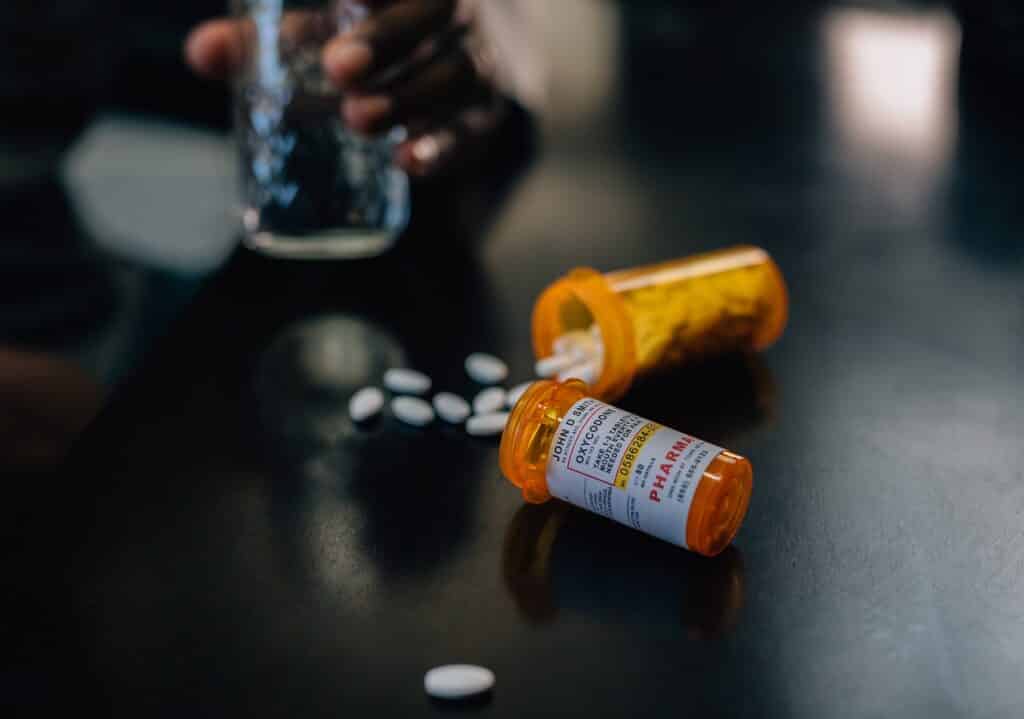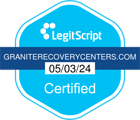 Using Opioids as Treatment for Addiction
Using Opioids as Treatment for Addiction
Opioid addiction is becoming a public health crisis as more people are trying, becoming addicted to, and overdosing on opioids. From illegal sources like heroin to prescription painkillers like Percocet and Fentanyl, opioid overuse and addiction is quickly taking more lives. The good news is that recovery options exist, and you can get through this difficult time.
What might surprise you is that one of the best weapons against opioid addiction is opioids themselves. Otherwise known as medication-assisted treatment, or MAT, there are certain opioids that are able to help curb cravings while preventing withdrawal symptoms.
Different Opioid Options for Recovery Treatment
There are several opioid options available to recover from opioid addiction. The FDA has currently approved three different medications for this purpose: methadone, buprenorphine, and naltrexone. Each one has its pros and cons. They are also prescribed for different purposes. Some people respond better to methadone while others might recover better on an injection of naltrexone.
None of these explicitly give you the high feeling you get from opioid use. At the same time, some people are able to use additional opioids to get that feeling. The problem here is that overdose can be even more dangerous. It depends on which MAT option is prescribed to you, along with your own individual risk factors.
The following sections will give you more details about these medications. Be sure to speak with a qualified physician who can help give you additional information and help you choose the right medication for you.
Methadone
This opioid agonist is very similar to other opioids, but the major difference is that methadone has a longer half-life. This means that it interacts with the opioid receptors in your brain and will reduce cravings, but the longer half-life means that the medication will last longer than illicit or commonly abused opioids. While methadone can relieve pain, it has been used more frequently for MAT purposes.
Methadone requires daily dosing at specific methadone clinics. The purpose of this is to give clients a sense of structure that is often lost when using substances. When used at the correct dose, methadone is considered very safe. The problem is that it can be abused at higher doses, which can lead to similar overdose effects as those seen with heroin and other opioids.
Methadone is commonly prescribed as a tablet, liquid, or dispersible tablet that dissolves in liquid. Your dose must be decreased gradually by your doctor. Not only does a slow process prevent cravings, but it should also prevent withdrawal symptoms. If you suddenly stop taking methadone, then you will face withdrawal symptoms common to other opioids.
Buprenorphine
Buprenorphine is a partial opioid agonist with several advantages over methadone that is able to displace other opioids from the brain’s opioid receptors. This benefit is especially potent in the more common combination of buprenorphine and naloxone, otherwise known as suboxone. This combination engages the opioid receptors while making it more difficult for other opioids to invade the area.
This process reduces the risk of overuse and addiction. It is also more difficult to feel high when using other opioids although any client participating in MAT should only be taking prescribed opioids. Another significant benefit is that buprenorphine has a ceiling effect. This means that the effects on respiration and other bodily systems gradually reduce as the dose increases, vastly decreasing the chance of overdose.
Other benefits include that you will have a lower chance of feeling withdrawal symptoms and that buprenorphine can be taken home. This convenience can be highly beneficial for those who are unable to visit a methadone clinic for their daily doses. In general, buprenorphine is considered the safer and more effective of the two medication options. At the same time, some people respond better to methadone. That’s why it’s important to speak to a qualified physician who can help you choose which one is right for you and not which one looks better on paper.
Naltrexone
Naltrexone is an opioid antagonist. This means that it blocks the high feelings from opioids completely. While it comes in pills, the injectable version known as Vivitrol is more common. While naltrexone is able to block the feelings of getting high, the original version of the medication had low client retention because it didn’t last long. That meant that clients could easily go back to their habits.
The current form of naltrexone is an extended-release medication that lasts much longer. This allows clients to reduce cravings without having to constantly take medication. The injectable version can last up to a month, which can be beneficial for many clients.
Is Medication-Assisted Treatment the Same as Being Sober?
This is a question that many people ask. You came to treatment in order to recover from your opioid use. Is using another opioid really going to help, and are you really considered sober while using it? There are strong opinions on both sides.
Some people say using methadone, suboxone, or any other MAT option isn’t the same as being sober. You are still using a substance. This opinion tends to be loudest in 12-step groups, but others feel this way as well.
Some people feel that MAT is just a tool for helping them stay sober. Instead of taking too many prescription painkillers or seeking out heroin, those who are prescribed MAT options stay within the lines of what their doctors tell them. While it’s true that you’re still using an opioid, these opioids are not designed to make you feel high. They are simply designed to keep your opioid receptors engaged so that you feel fewer cravings and reduced withdrawal symptoms.
Then there are others who feel that they need to go the “cold turkey” route to prove that they are strong or that they can get through it, or even to punish themselves for using opioids in the first place. This method only removes supports that can effectively help you recover from substance use.
While there are many opinions about the matter, it is best to discuss with a qualified physician and other treatment team members about which is the best option for you. These medications have helped many people overcome their substance use. It makes it easier and safer to get through withdrawal symptoms, and these medications can add some structure back to your life.
Supplemental Treatment Options
MAT is a good form of treatment, but it’s rarely used alone. Most people also commit to therapy because it helps them to explore what brought them to substance use and how they can change. While MAT is able to directly work on your cravings, it often isn’t enough to change your behaviors completely.
There are several levels of treatment available with therapy. The lowest level of treatment is outpatient. This often includes seeing your therapist for a weekly visit, and it may also include a one-hour group. Methadone often counts as your outpatient level of care, so this option may not be available in that case.
The next level up is intensive outpatient, or IOP. This type of therapy involves 10 clinical hours of treatment. Nine of those hours come from group sessions. You will attend three groups a week, and each one is three hours. You will also have a weekly session with your assigned therapist. This level of care is good for stepping down from higher levels of care, and it gives you a sense of community with the group.
The next two levels are partial hospitalization program, or PHP, and residential treatment. Partial is between IOP and residential because it represents about 30 hours of clinical care, but you can go home and sleep in your own bed. This is good if you’re having troubles recovering and need extra support. Residential treatment involves staying at the facility both day and night. This level of care is best if stressors at home are too much to handle now.
Be sure to discuss your needs with our treatment team. We can help find the best level of care for your specific needs. We also take your opinion into account, so we welcome you to speak up about what your needs are.
Dual Diagnosis Treatment
Along with MAT and therapy, we want you to know that we at Granite Recovery Centers are informed about dual diagnosis treatment. Also known as co-occurring disorders, this is when a client presents with both substance use and a mental health diagnosis.
It doesn’t matter what combination of diagnoses are present, whether it is opioid use and depression, alcohol use and anxiety, cannabis use and schizoaffective disorder, or any other combination that you can think of. The truth is that many clients present this way or have subthreshold mental health concerns that could progress to full disorders.
Our knowledgeable staff will help treat both of your concerns at once. This allows you to recover from substance use while also working on other symptoms that you might be facing. This improves treatment and addresses you as a full human being.
Conclusion
At Granite Recovery Centers, we have been helping those with substance use and mental health concerns for many years. Whether you are looking for MAT options, therapy, detox, or other forms of treatment, we have worked tirelessly to find the professionals needed to provide you with the best services. Our treatment team will work alongside you to get you to recovery.
Contact us today. Let us know what you need and how you would like treatment to look. We will then craft a treatment plan that works for you and that treats you with respect.

